Moquettes have been used on public transport around the world for over 100 years. There’s a good chance you’ve sat on a Moquette covered seat; I am as I write this now! Moquettes are an extremely durable, woven fabric that’s hard to stain. This makes them the perfect material for the millions of passengers that need somewhere to sit. The history of the Moquette is interesting since, while it’s a dull topic at first glance, they’re integral part of our transport networks.
Manufacturing
Originally hand woven in France, the word “Moquette” comes from the french word for carpet. In parts of Yorkshire UK, they’re still produced using traditional techniques. A Moquette is woven using the Jacquard technique, made from about 85% wool and 15% nylon.
Moquettes for London Transport take time to make. Just 1 meter of the Moquette fabric used on the Bakerloo Line requires nearly eleven kilometres of yarn. The yarn is dyed different colours and transferred to over 3000 bobbins ready to be put through a loom. The new fabric is then steam finished and cropped to give it a crisp, clear face. Finally, it’s soaked in a flame retardant solution before being dried out and sent off to be used on our transport network.
Designs/Patterns
The designs/patterns are easily my favourite part about Moquettes. Getting the design right is paramount to the transport experience. It’s quite incredible how the right combination of patterns and colours can have such a significant influence on the mood of your travel. A nice added benefit of the Moquettes design is that it makes it harder to see the wear and tear you’d naturally expect over time.
A brief history
I’m going to specifically focusing on the patterns seen in London since it’s probably the most well documented use going all the way back to the 1920s. The first Moquette pattern was called Lozenge, commissioned by the Underground Group in 1923. It quickly became the standard pattern and was produced by three major Moquette manufacturers.
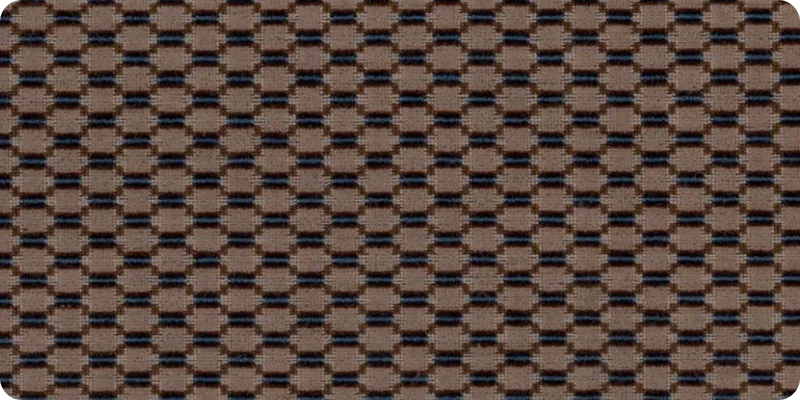
Routemaster Moquette
In the ’50s, Douglas Scott was commissioned to design the now iconic Routemaster busses, with the first prototype being created in 1954. He carefully chose the colours of the interior, and in 1961, a Moquette featuring the maroon, yellow, and green of the interior was introduced.
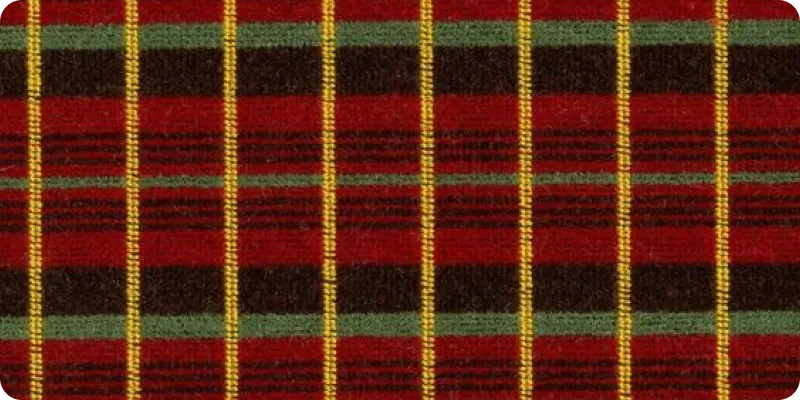
The Victoria Line
Professor Misha Black worked as the design consultant for the Victoria Line in 1964. Marianne Straub, Jacqueline Groag, and the Orbit Design Group were comissioned to create some new Moquette designs for the line. Unfortunately, the designs were never used due to time pressures. Some pre-existing blue and green designs were used instead, featured both on the rail and the road.
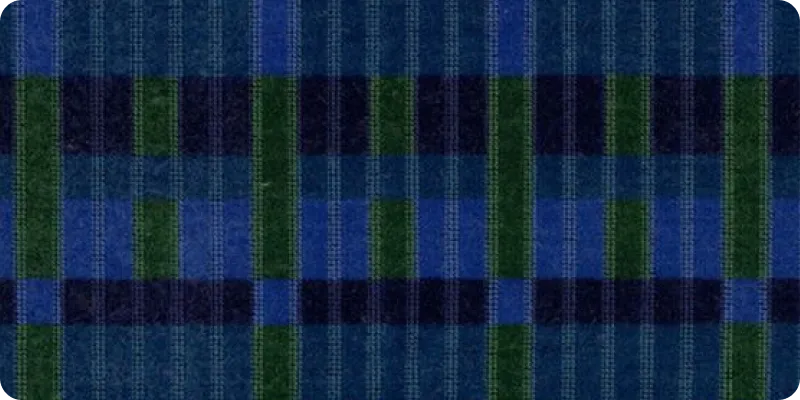
The Moquette Identity
During the 1990s, the London Underground experimented with giving each line its own Moquette, rather than using pre-existing designs on its trains. The designs attempted to incorporate the colours of both the line and carriage, similar to the work Douglas did for the Routemaster bus. For example the following design was using on the red branded Central Line:
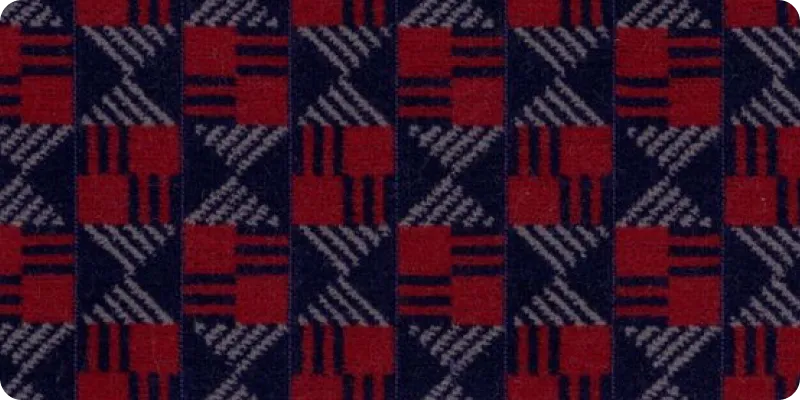
Moquettes Today
The designs and colours of Moquettes have changed over time, but the tradition of distinctive designs still lives. It’s always a treat to go on a new train or bus, see the Moquette designs used, and think of the amount of people who helped craft the atmosphere of the moments spent in the vehicle.
My Favourite Moquette
My favourite Moquette design was made around 2011 and is still featured on the District (Green), Circle (Yellow), Metropolitan (Magenta), and Hammersmith & City Lines (Pink). Its design is simple but beautiful, bringing together the four colours of the lines it serves. It’s an amazing easter egg for those of us who are enthusiasts or regular travellers of those lines.
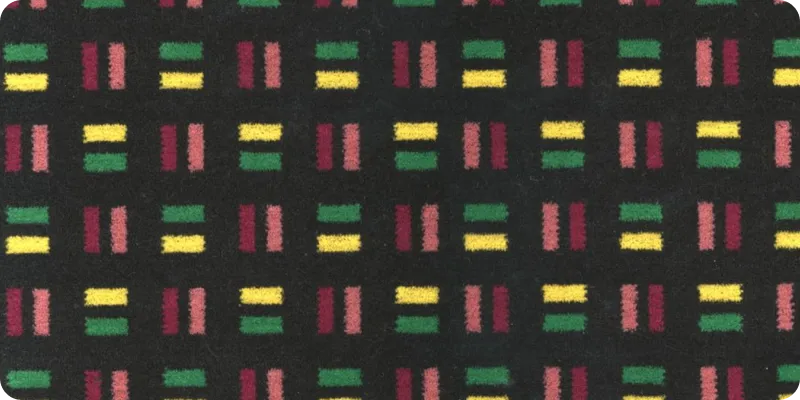
Sources
- https://en.wikipedia.org/wiki/Moquette
- https://www.ltmuseum.co.uk/collections/stories/design/history-moquette
- https://dataportal.orr.gov.uk/statistics/usage/passenger-rail-usage/
- https://www.ltmuseum.co.uk/collections/collections-online/vehicle-parts/item/1997-2993-128
- https://en.wikipedia.org/wiki/AEC_Routemaster
- https://www.ltmuseum.co.uk/collections/projects/moquette-project
- https://youtu.be/BebTORlFqAs